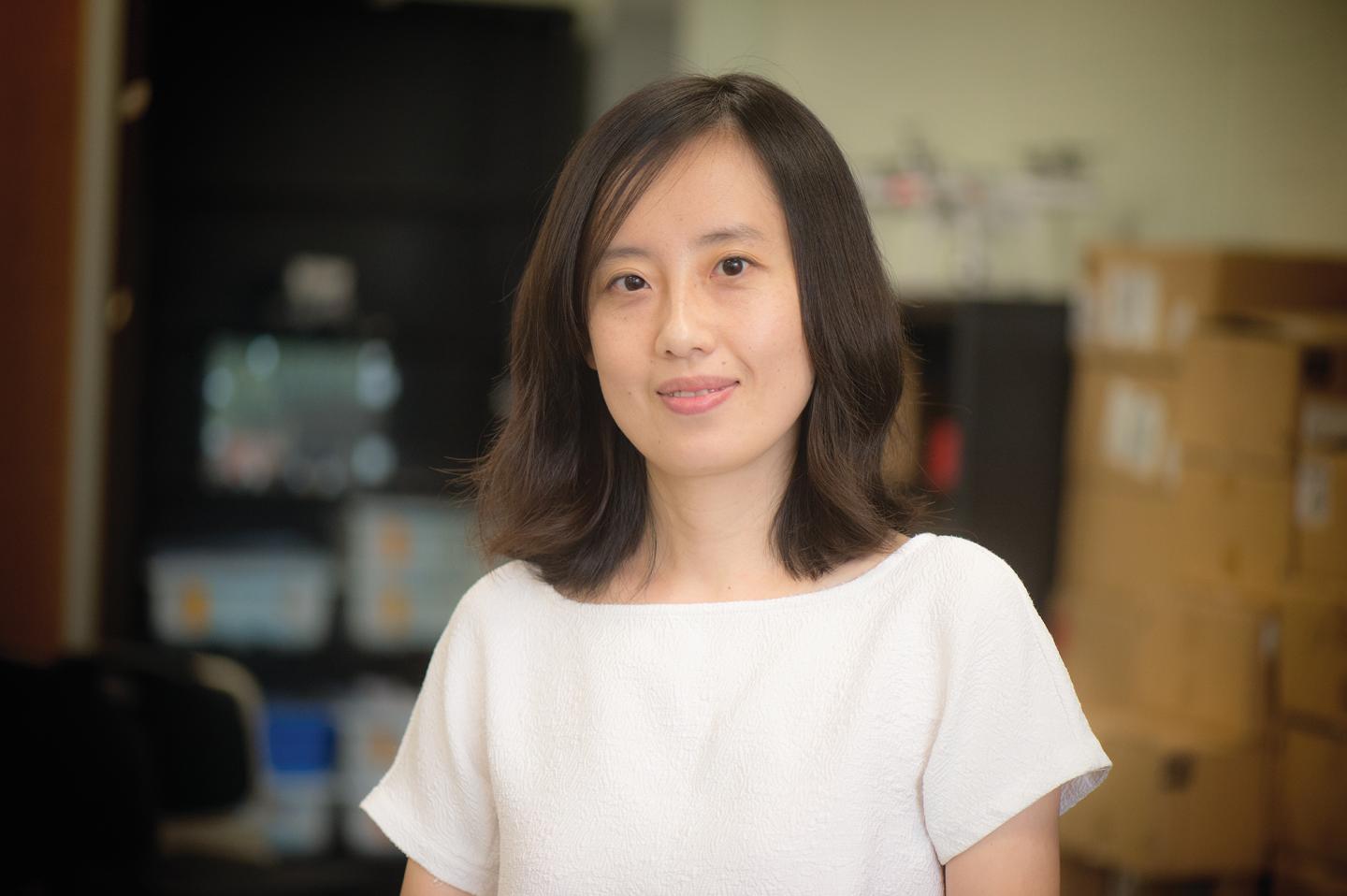UAV expertise

Credit: UT Arlington
Yan Wan, an associate professor of electrical engineering at The University of Texas at Arlington and an expert in multiple unmanned aerial vehicle, or UAV, networks, led her team to a strong showing at the 2019 Swarm and Search AI Challenge.
The competition, which had industry, faculty and student teams, challenged participants to map wildfires using unmanned aerial vehicles and newly developed Air Force software. The first two rounds were completed remotely, and nine teams were invited to Dayton, Ohio, for the final five rounds.
Wan and her team finished among the top five in each of the seven rounds of competition and, with the University of Michigan, was one of only two teams to do so. The technology they used could help firefighters more safely perform their jobs by providing real-time information and forecasts.
“The competition proves the need to develop ways for multiple UAVs to work together,” Wan said. “If you have multiple fires, it is critical to have multiple UAVs to track the fire zones and communicate information to firefighters and other UAVs,” Wan said.
The Challenge was hosted by The Wright Brothers Institute and the Air Force Research Laboratory, in collaboration with the United Kingdom Defence Science and Technology Laboratory.
Wan’s teammates were Kamesh Subbarao, associate professor of mechanical and aerospace engineering; Nick Gans, principal research scientist at the UTA Research Institute; Li Zhang, assistant professor of research in the Electrical Engineering Department; and electrical engineering doctoral students Mushuang Liu and Chenyaun He.
Teams developed algorithms in a fully simulated environment for multiple UAVs to find both fires and random structures within the fire zones and to rapidly predict the boundaries of evolving fire zones. They also had to consider the varied terrain of a mountainous region and limited power to the UAV, and how those factors would affect flight paths and the ability to complete the mission.
“I was particularly interested in this challenge because I worked with firefighters for several years and heard lots of stories about how UAVs can help them do their jobs better and more safely,” Wan said. “A UAV is a minor expense that will allow them to collect and share lots of information in a short time without putting lives at risk.”
The competition is an example of potential applications of UTA’s work in data-driven discovery, one of the themes of the University’s Strategic Plan 2020, said Jonathan Bredow, chair of the Electrical Engineering Department.
“Dr. Wan is a leading researcher in the field of unmanned vehicles, and her success in this competition underscores her abilities,” Bredow said. “Her background with firefighting applications makes her success even more meaningful because she is using real-world feedback to inform her decisions in developing better unmanned responses to emergency situations.”
Wan has a $442,000 National Science Foundation CAREER award to develop an innovative theoretical framework for cyber-physical systems that enable airborne networking, direct flight-to-flight communication for flexible information sharing, safe maneuvering and coordination of time-critical missions.
She also is the team lead on a $998,803 grant from the National Science Foundation that will develop a networked airborne computing platform for multiple unmanned aerial systems. When completed, the platform will be made available for the research community to build upon current and future technology, and enable the use of networked UAVs for civilian applications such as intelligent transportation, emergency response, infrastructure monitoring and agriculture.
###
Media Contact
Herb Booth
[email protected]
Original Source
https:/





